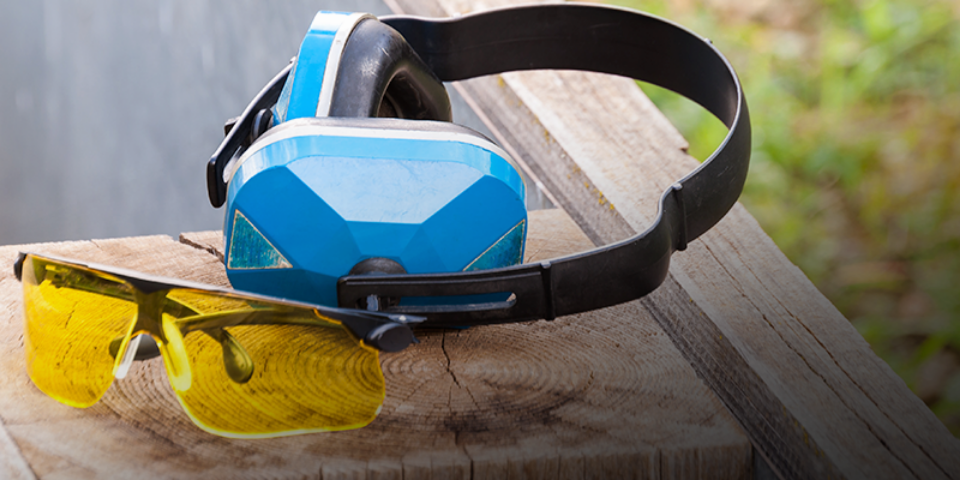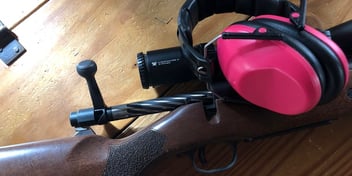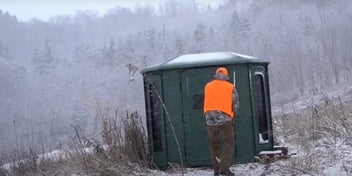
I admit, I’m guilty of shooting without hearing protection. A lot. While I may use hearing protection at the range or sighting in my rifle, I am very inconsistent when using protection out in the field. I have no excuses other than laziness. But I have lately noticed my hearing not being quite what it used to be.
Gunfire and Hearing
Essentially, firearms can be extremely loud, and these loud sounds have a major impact on your ears. A gunshot going off right beside your ear creates a sound wave that puts a lot of force on your eardrum.
The ear can’t handle the pressure of this sound, and the fluid-filled inner ear gets a shock. This shock is what produces the ringing in your ears after exposure to loud noises.
Your hearing will most likely return to normal after a few minutes, but repeated injuries such as this can cause permanent hearing damage.
Interestingly, in doing a bit of research for this article I found that there is truly a diagnosis called “Shooters Ear.” Most shooters/hunters with hearing loss have Shooters Ear, which has a more pronounced level of hearing loss in one ear compared to the other. It typically occurs in the ear opposite from the shooting arm as the shoulder can block some of the noise and pressure from the firearm.
Decibels (dB) are a unit of measurement of noise. 0 dB is absolute silence. Any noise over 85 dB can cause hearing damage. A .22 rifle fire can be 140 dB. A larger caliber rifle fire can be 175 dB.
Add a muzzle brake and the noise increases exponentially.
So, as you can see, it is very easy to sustain irreversible hearing damage if shooting or hunting without hearing protection.
There are two types of hearing protection devices (HPD’s). Every hunter/shooter has different preferences to what works best for them and what will help them be most compliant with wearing HPD’s.
Electronic HPDs
These devices make softer sounds louder but shut off when there is a loud noise. The device then becomes hearing protection.
Electronic HPD styles include earmuffs, custom-made in-the-ear devices, one-size-fits-all plugs, and behind-the-ear devices.
Nonlinear HPDs
These devices are not electronic and are designed to allow soft and moderate sounds to pass through, while still reducing loud sounds. Nonlinear options can either be earplugs that are inserted into the ear or custom-made earmolds.
Prevention is Key
Once hearing loss is noted, it cannot be reversed. Find a style of HPD that will work with your style of hunting and shooting as well as your budget. There is a misconception with many hunters that shooting isn’t too loud, but the problem is that we don’t actually know when loud is too loud until we have ringing and dullness in our ears. There are many great options in varying price ranges.
Ask for suggestions from your peers and speak with a pro at your local range. Should you be experiencing any hearing loss or dullness, see your local hearing specialist for treatment and recommendations.
About the Author




